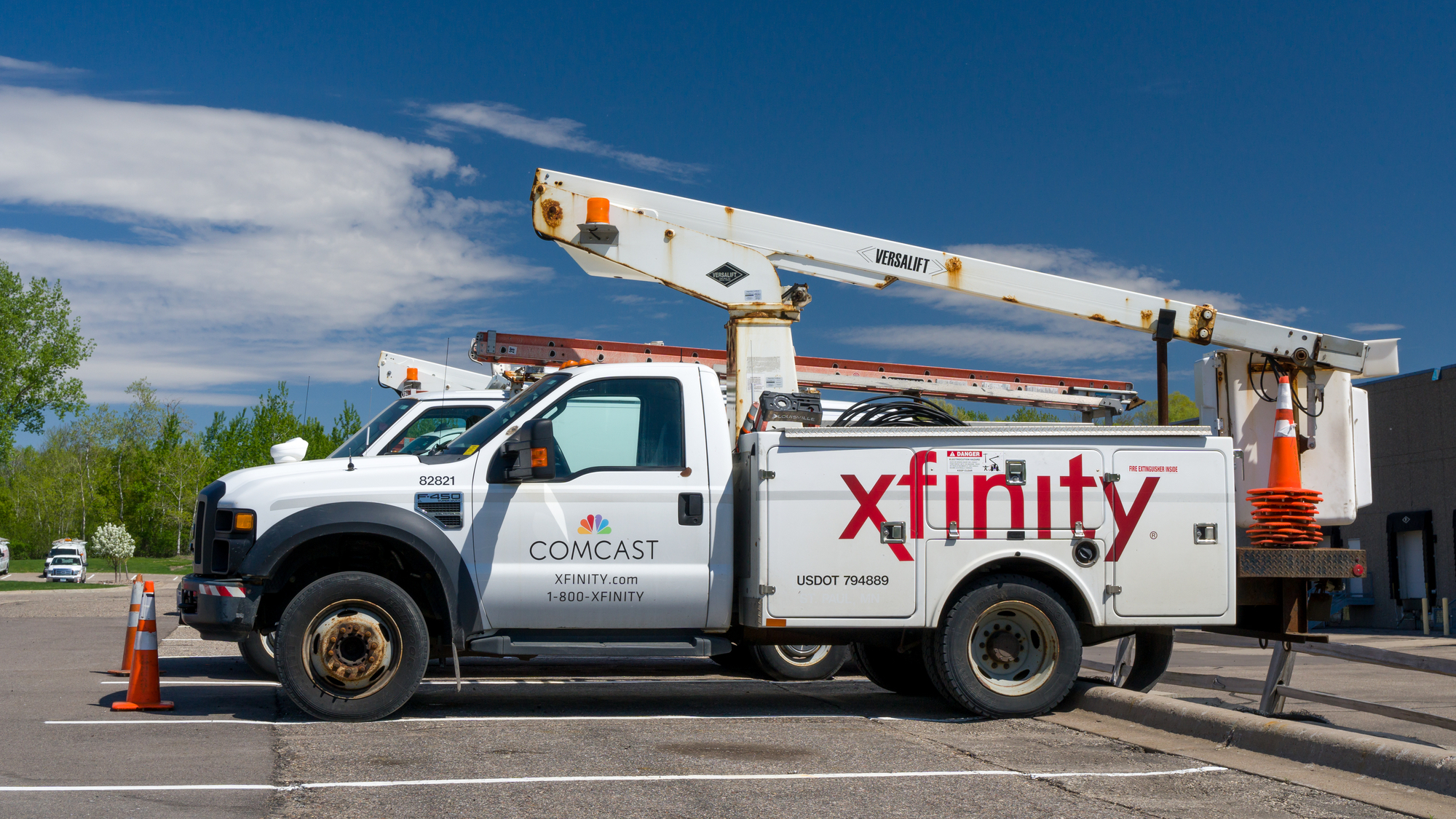

Contrary to what many consumers could be forgiven for thinking, Comcast does not offer 10G cable internet connections—at least, not in the way you think. Technically, ’10G internet’ does not exist yet, but that didn’t stop Comcast from advertising a product that could easily be confused as such for months. Following a decision from the National Advertising Review Board earlier this week, however, the telecom company will need to be much clearer when advertising their internet service options.
On January 31, an NARB panel determined Comcast’s “Xfinity 10G Network” branding campaign “expressly communicates at a minimum that users of the Xfinity network will experience significantly faster speeds than are available on 5G networks.” This, however, is often far from the case. In fact, as Ars Technica explained on Wednesday, the only way customers could obtain internet speeds close to what Comcast advertised is through its “Gigabit Pro” fiber-to-home connection package costing $299.95 per month atop a $19.95 modem lease fee. That’s after you pony up Gigabit Pro’s $500 installation charge and a $500 activation fee, mind you. For reference, the median Xfinity user download speeds currently clock in around 236Mbs—not bad, but certainly not 10Gbs.
[Related: Read this before setting up a 5G network at home.]
Incidentally, “gigabit” is the key term in all this confusion. Whereas the “G” in a phrase like “5G wireless connection” refers to the technology’s fifth generation, Comcast’s Xfinity 10G signifies its (often aspirational) 10-gigabit broadband internet speed package. 10G wireless connections—the kind that T-Mobile and Verizon claimed Comcast deliberately tried to confuse customers about—aren’t on the market.
The first instances of nebulous 10G marketing campaigns date back to a 2019 announcement from prominent industry trade group, the National Cable & Telecommunications Association (NCTA). The reveal frustrated many at the time, given that even 1Gps speeds remained unavailable to most consumers. In February 2023, however, Comcast embraced the terminology for its fixed internet network system, Xfinity 10G Network. This decision finally prompted T-Mobile and Verizon to file a complaint with the National Advertising Division (NAD), an industry watchdog, which subsequently recommended Comcast abandon its 10G branding efforts in October 2023. Comcast unsurprisingly appealed the decision, but this week’s new NARB ruling finally forced the company’s hand.
“Although Comcast strongly disagrees with NARB’s analysis and approach, Comcast will discontinue use of the brand name ‘Xfinity 10G Network’ and will not use the term ‘10G’ in a manner that misleadingly describes the Xfinity network itself,” the company said in a statement alongside the NARB’s January 31 announcement. It’s unclear what the new branding will be, but it certainly seems unlikely “10G” will be a part of it.
But because the NARB ruling isn’t technically a wholesale ban on using “10G” in advertising or products, don’t expect the terminology to completely disappear. In fact, Comcast already made it pretty clear it intends to continue wedging 10G(igabit) phrasing into ads wherever it can. According to Engadget, the company still “reserves the right” to keep using “10G” and “Xfinity 10G,” so long as it doesn’t “misleadingly describe the Xfinity network itself.”
Meanwhile, the NCTA just so happened to celebrate the 5-year anniversary of its original 10G campaign rollout… lest you think confusing telecom advertising is truly disappearing anytime soon.
